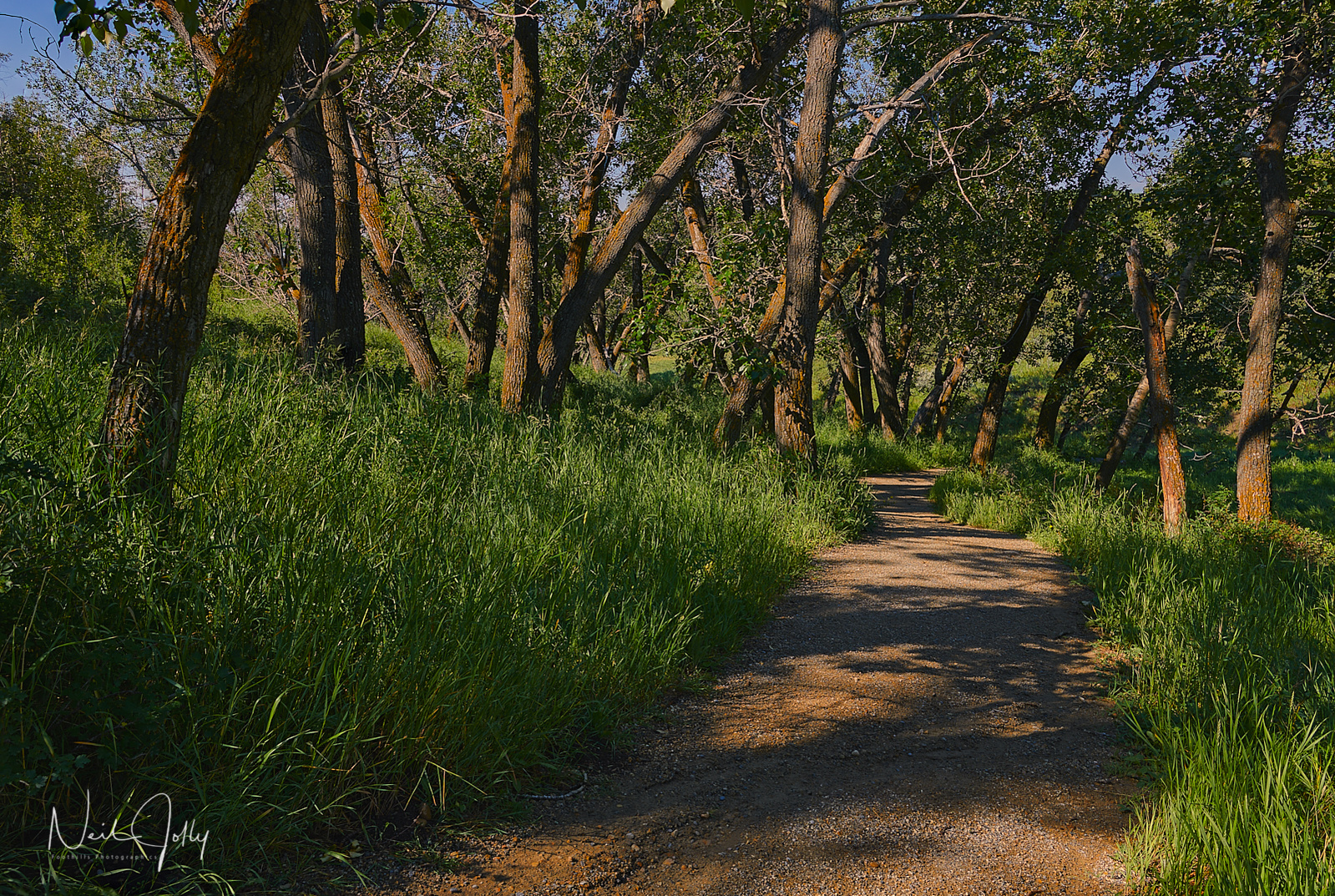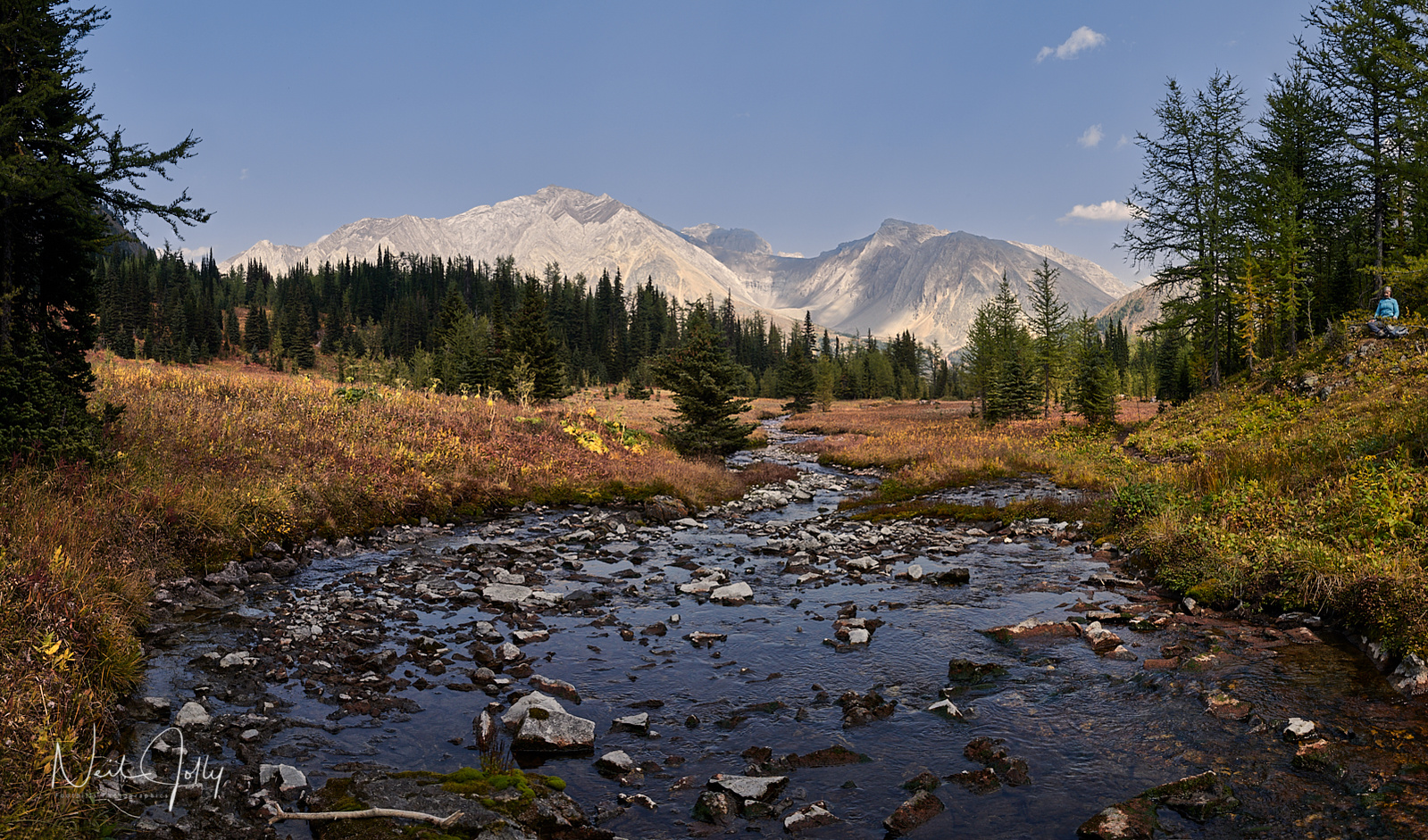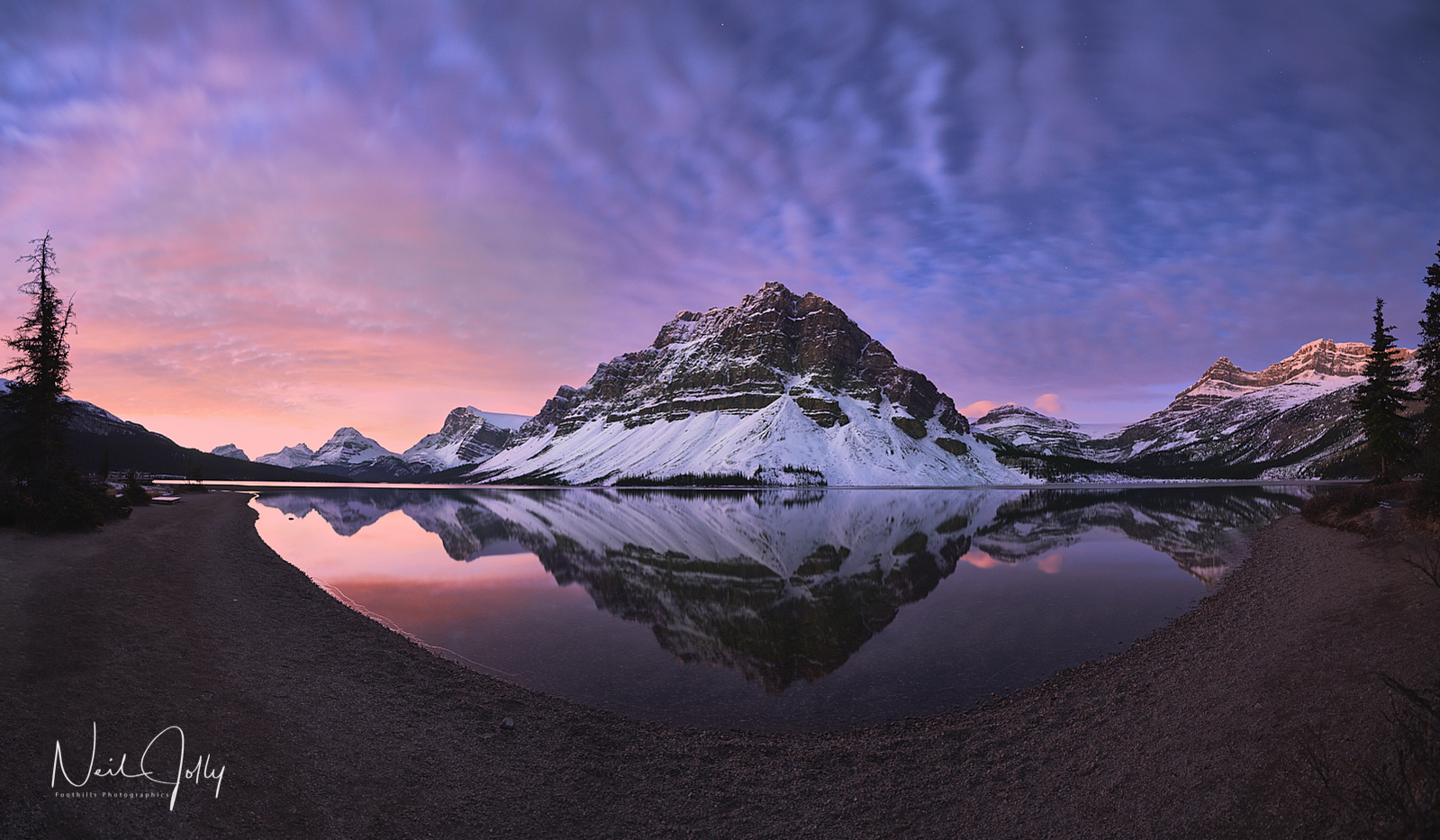The Art of Composition
February 2, 2019A photographer friend of mine once asked me how I compose a shot. I stopped to think about it for a moment and realized that I couldn’t come up with a simple reply. I have been photographing things for a long time and composing is not something I consciously think about when I’m shooting. I spent some time over the next day or two analyzing what I do when I compose an image.
The first thing I do is identify my main subject that I wish to photograph, decide on the best angle to photograph the subject from by analyzing the light in the scene, then I look for a secondary subject in the foreground to give a sense of depth. When searching for foreground interest I look for leading lines, sometimes that may simply be some rocks leading you into the image, flowing water, fallen trees, trails, and roads can all be good leading lines. Leading lines can be very subtle or extremely obvious depending on the situation you are in.
At this point I normally decide on my point of view for the image, and how I will frame the subject. A low point of view tends to give you the feeling of being able to walk into the frame and enhances depth. A higher point of view is often better for getting vibrant blue waters in lakes and rivers since it gets a better reflection of the sky. You may have to use a low point of view to get the reflection you want in still waters. I normally favour using open water wherever possible for reflections or to pull the viewers eye into the frame.
In the images above you can see that I have also used the trees to frame the scene. Framing, or using a natural border, on the image keeps the viewers eye from wandering out of the scene. There are many guidelines to helping compose an shot and there plenty of places to read about those guidelines so I will touch only briefly on these. The most common guideline you will see referred to is the rule of thirds. Essentially you divide the frame up with two, evenly spaced, vertical lines, and two, evenly spaced, horizontal lines that gives you 9 rectangles, or squares, depending on what format you are shooting. The idea being that you want to place items of interest on the intersections of the lines, or on the lines for horizontal, or vertical subjects.
The last thing I consider is how much depth of field I want in a scene. If I want everything in crisp focus I may have to focus stack the image to get the desired depth of field. This is often the case when your foreground subject is very close to the lens. I will detail what was required to get the image above as an example. I wanted the reflection as my main subject, the ice as my foreground object of interest, and the mountains as a backdrop, I placed the edge of the ice at the lower left corner to draw the eye diagonally into the frame, the reflection was placed center of the lower third of the frame, while the sky took up the last third of the frame. To get this shot I had to lay down in the snow with my lens a couple of inches above the ice. The close proximity of the ice to the lens, and the fact that I wanted the reflection sharp, meant I would have to focus stack the image to get the detail I wanted. I took three shots, one focused on the foreground ice, one focused on the reflections, and one focused on the background mountains. The resulting images are then stacked into a single image using specialized software. There are plenty of how-tos on the Internet regarding focus stacking so I won’t go into the steps required here.
Naturally with these all being guidelines you can choose to ignore any of them if you feel the situation requires it. Some refer to the guidelines as rules, but I prefer the pirate attitude with them being guidelines rather than actual rules. In the image above I have three subjects, the reflection, the mountain, and the sky. The spectacular colour in the dawn sky was my primary subject, the Mountain, and reflection being secondary subjects. Anytime you can get three objects of interest into a frame, that do not detract from one another, you have the potential for an excellent image. Note that the mountain is very nearly centered in the image which does not adhere to general compositional guidelines but in this image it enhances the result. There is much more to the subject of composition and I will expand on the subject in the next blog as well.






